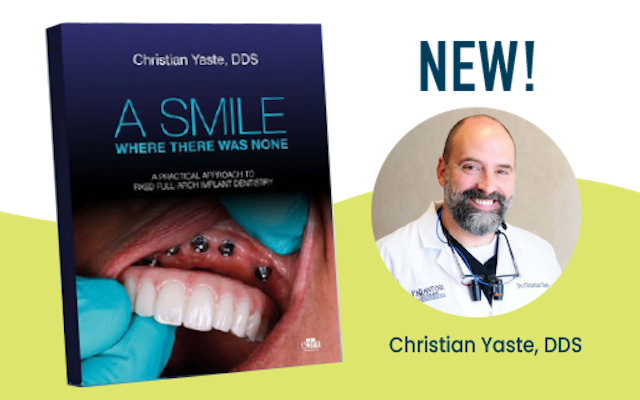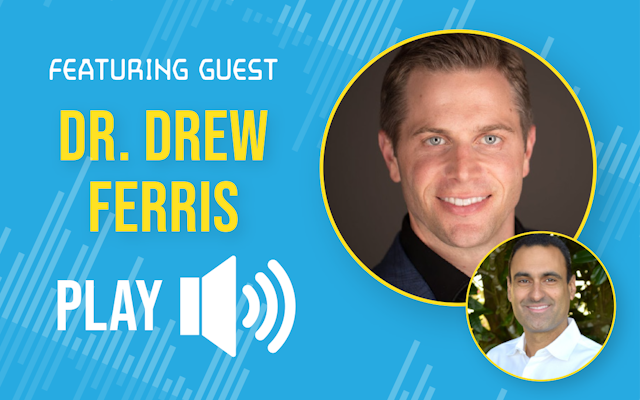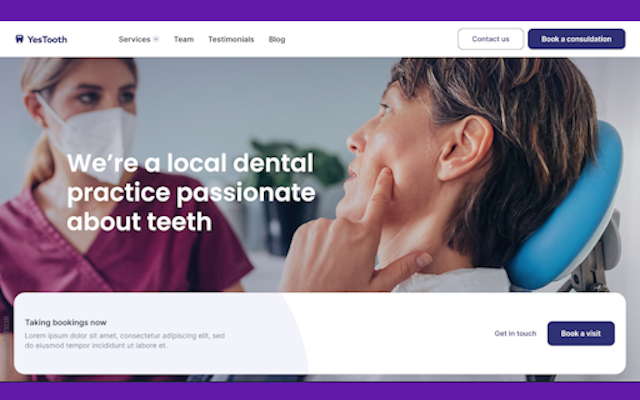Hiring is hard. You’re faced with a deluge of candidates and resumes. You try to pick out a few to interview, but it always seems like a roulette wheel. The choice is random, you often gamble on the wrong person, and the result is a huge loss of time, morale and money. Even in the best practices, employees move on. How can you ensure your next hire is an asset to your practice, a star employee who serves patients well, gets along with teammates, and adds real value to your business?
Most hiring practices focus on cognitive functions, skills, experience and education—the sort of things you find on a resume. These are a good start, but they’re not enough, especially for patient-facing positions. So, some clinicians add in a personality component. Are they friendly? Detail-oriented? A team player? Do they share our practice values?
This can be helpful, but it’s not ideal. You can have a practice full of intelligent, friendly people but it’s still stagnating. Why? Because personality and cognitive functions only tell part of the story. To really succeed at hiring, you need to add in a third area of brain function: Conation.
What is Conation, and Why Haven’t I Heard of it Before?
Conation describes how people create and implement solutions to problems. Everybody has some ability to gather and share information, implement larger plans, deal with crises, and ensure processes are continuing to work. However, different people have different preferred methods of handling these areas. Each has three different ways of solving problems, for a total of 12 different problem-solving styles. In a balanced practice, team members have different strengths, which means all or most of the 12 problem-solving styles are represented. However, if you’re like many practices, you keep hiring more of the same. If Kathy is a great hygienist, you hire more people who are like Kathy!
The problem with this method of hiring is it helps you maintain the current state of your practice, but it won’t let you grow, adapt to a changing medical and dental environment, or take on new challenges. Hiring for a variety of conative styles ensures you’ll have a team full of employees who are ready to take on whatever you throw their way.
If you don’t want to be stagnant, you need to start including a conative assessment as part of your hiring process. In addition, if you’re having trouble finding good matches, you may want to add some other steps to your current process.
In the low unemployment environment in which we operate, I am realistic about the fact it may be more difficult than in prior years or recessionary times to locate a sufficient pool of applicants. My comments should be used as a guide to the extent you find them helpful. Depending on the employment circumstances where you practice, you will certainly have to amend the process I am recommending.
The System That Gets Me Great Staff
I’ve played around with a few different hiring systems. Here’s a brief synopsis of the one that works best for me:
1. Test them before they ever get in front of you. When I post a hiring ad online, I like to have candidates call a specific number, listen to a message, leave a brief 30-second introduction, and then send their resume to an email given in the message. Surprisingly, only about 10 to 20% of candidates seem to successfully complete all three tasks. This eliminates people who can’t follow directions, think on their feet, or pay attention to details, saving us a lot of face time with candidates who just aren’t a good fit. If we can’t trust them to follow these simple instructions, how can we trust them to follow through with the daily tasks the job requires?
2. People can fool you one on one, but they can’t hide who they are in a group. While this may sound weird, it’s true. The safety of the group setting lowers their guard, allowing their true mannerisms and intentions to shine through to those who know what to look for.
So, instead of interviewing them one on one, invite the candidates who passed the initial battery of commitment steps to the office for a group interview. If you include the team in this part of the process, you’ll be able to narrow it down to candidates who are a good fit for the team’s culture and personality.
How can you get them involved? Once you’ve gone over why your office is the best place to work, break applicants into smaller groups. I usually divide my staff into two person teams spread out throughout the office. Every applicant gets 2-3 minutes with each team until they’ve rotated through everyone.
3. Get input from your team members. After the group interview rounds are complete, ask team members to write down their favorite two to three candidates. Collect their votes and compare notes. I find team members usually write down the same two to three people. This tells you who has the best chemistry with the team. It also gets your employees more invested in the people you hire because they had a direct hand in picking them.
Of course, there are other benefits to getting your team involved with the interview process. First, because talking to the team is less intimidating than talking to you, applicants tend to reveal interesting facts about themselves. My team can find out who is serious about working for us versus who is just using the practice as a stepping stone—which is something I’d love to know before I extend a job offer.
4. Avoid buyer’s remorse by conducting a skills assessment test. Once you’ve narrowed the field to the top two to three candidates who’ve passed your cognitive and personality testing, it’s time to make sure they’re truly a good fit for your practice. To do this, bring them in for a skills assessment test. All you need is one to two hours. Throw them into common situations and see how they respond. Mostly, you’re testing to confirm the team still has a good feeling about each applicant.
5. After the working interview, have them take a Kolbe™ Right Fit® Assessment. Once you’ve narrowed it down to your top candidates, I suggest you measure if they are a right fit for the job tasks and duties the position requires. For that we use The Kolbe Right Fit® assessment. If they score with a letter grade of a B- or higher, it’s recommended to hire them. If their score is lower, you should probably pass. These applicants aren’t instinctively built to perform the job and thus are not likely to be around for the long term. I became so interested in conation and its effect on team success that I became a certified Kolbe trainer, so I generally interpret the results myself. However, if you’re not trained in Kolbe, you’ll want to have the results interpreted by a trained professional, preferably one who understands the unique needs of your specialty.
6. Hire proactively and not out of desperation. To hire effectively, it’s always best to hire from a position of leverage instead of desperation. You need time to properly screen applicants and run them through this process. You also need to run a background check on your top applicants to protect the integrity and safety of your practice and team.
Improve Your Hiring Process and Grow Your Practice
Hiring is one of the least enjoyable parts of running any business, and it’s especially stressful when your practice depends on a tightly knit, well-functioning team. By improving your hiring process and learning to take conative function into account, you can increase the odds that a new employee is a good fit, reduce turnover, and create a practice that is ready to succeed.
 By:
By: 



